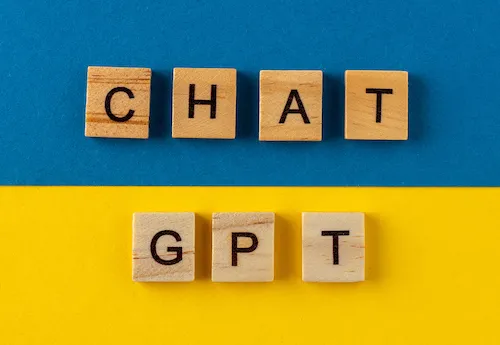This article is generated by ChatGPT itself.
ChatGPT doesn't have its own political beliefs, intentions, or emotions. Its primary goal is to provide accurate and coherent responses based on the information it was trained on. Here are a few key points to understand about potential biases and ChatGPT:
1. Training Data: ChatGPT is trained on vast amounts of text from the internet. Consequently, the model is a reflection of the diverse range of information, opinions, and biases that exist in those texts. If there is a bias in the data it was trained on, it's possible that the model might reflect that to some extent.
2. No Agenda: The model does not have its own agenda or political beliefs. It doesn’t "want" anything, nor does it "believe" anything. It generates responses based on patterns in the data.

3. Neutral Design: OpenAI's intention in designing models like ChatGPT is to make them as useful and neutral as possible. However, achieving complete neutrality is challenging because of the aforementioned reflections of the data the model was trained on.
4. User Influence: The way questions are phrased can influence the responses. A leading question might receive an answer that seems to confirm the bias in the question.
5. Iterative Improvement: OpenAI is continuously working to understand and reduce potential biases in the model's responses through iterations and feedback. Users are encouraged to provide feedback when they believe the model is showing biases.
6. Customization and Value Judgements: Future versions of language models (as envisioned by OpenAI) could allow users to customize the model's behavior to some extent. However, defining the bounds of customization will involve some value judgements to prevent malicious uses or the creation of extreme echo chambers.
It's always a good practice to approach AI-generated content with a critical mind, be aware of potential biases, and corroborate information from multiple reputable sources when making informed decisions.


